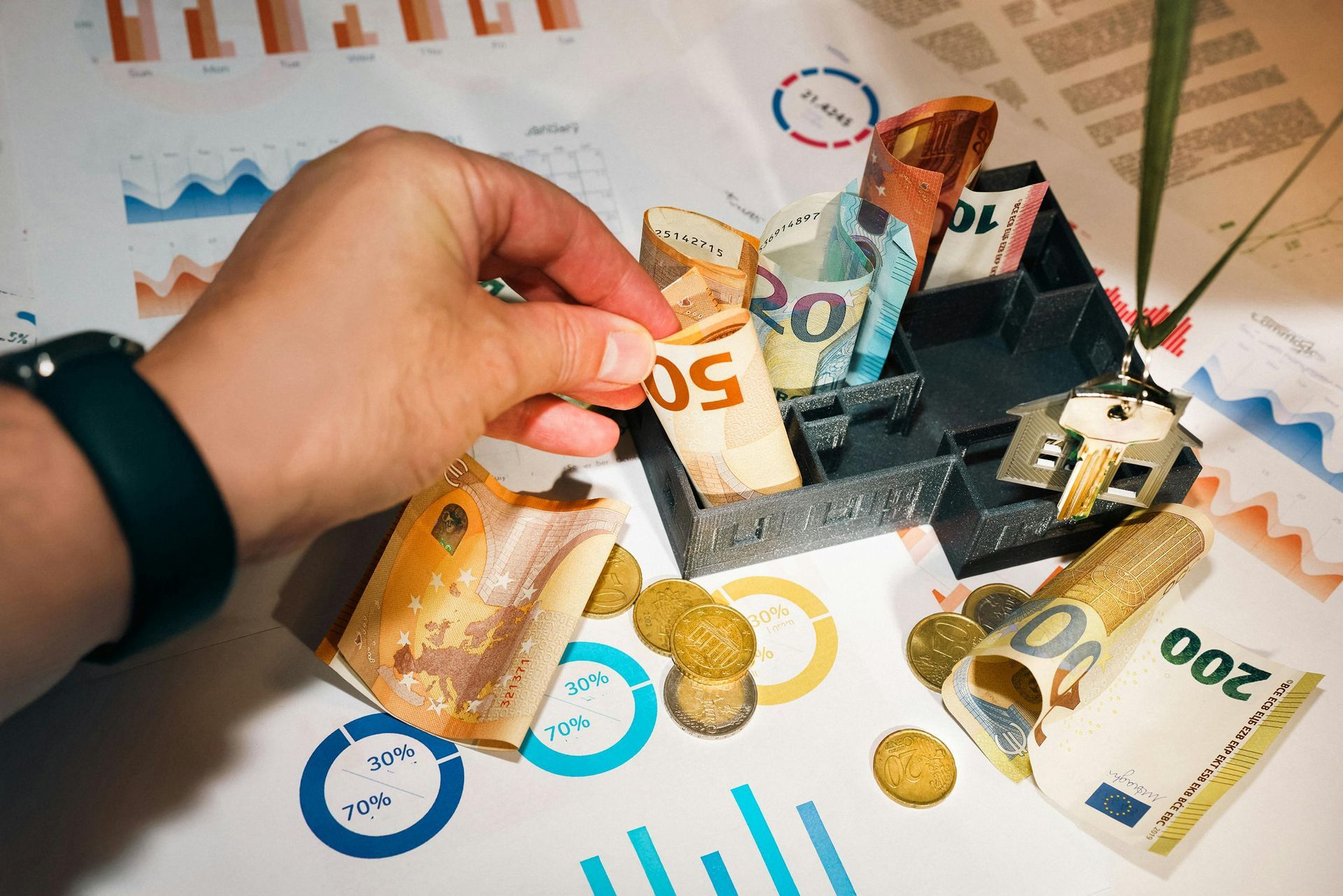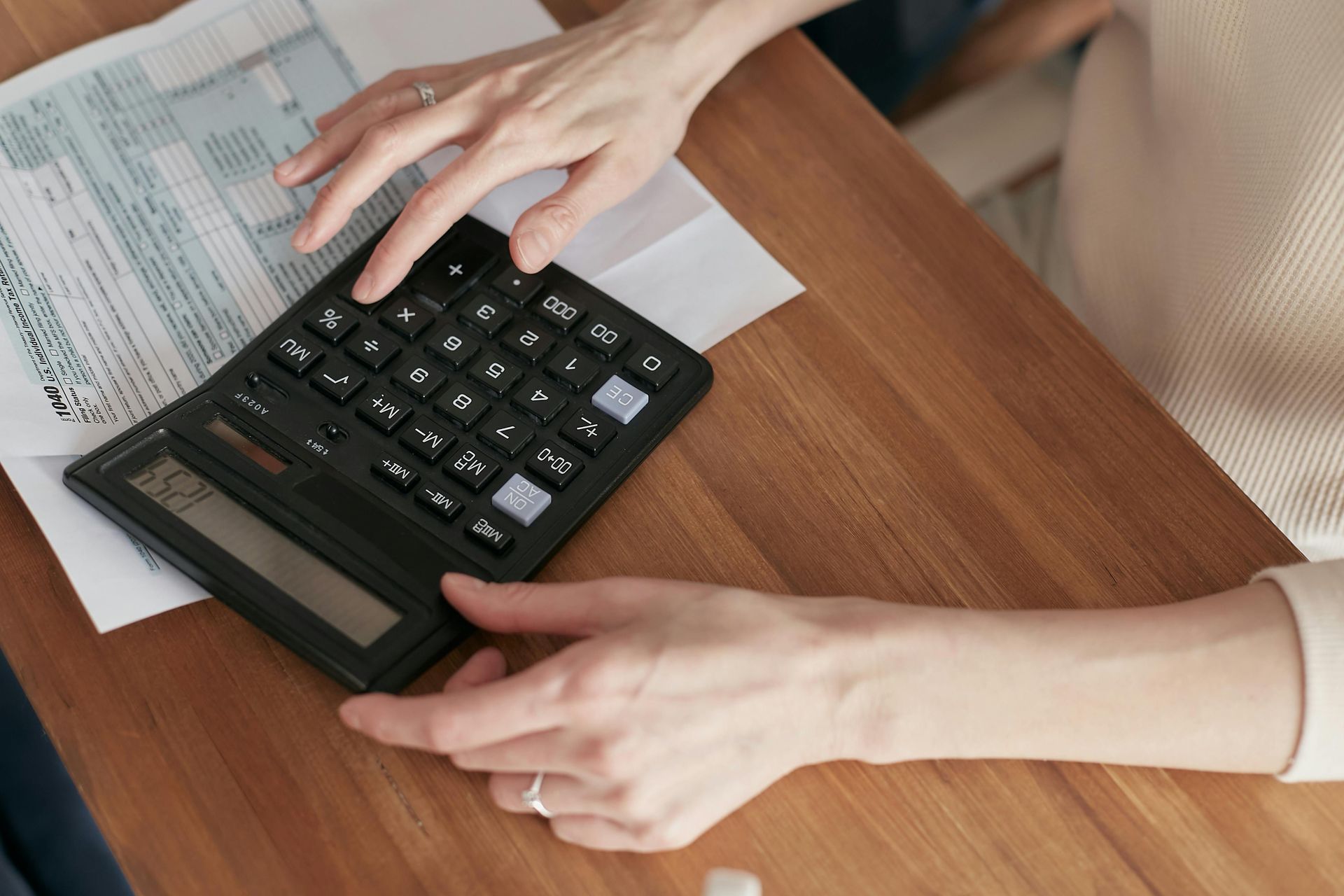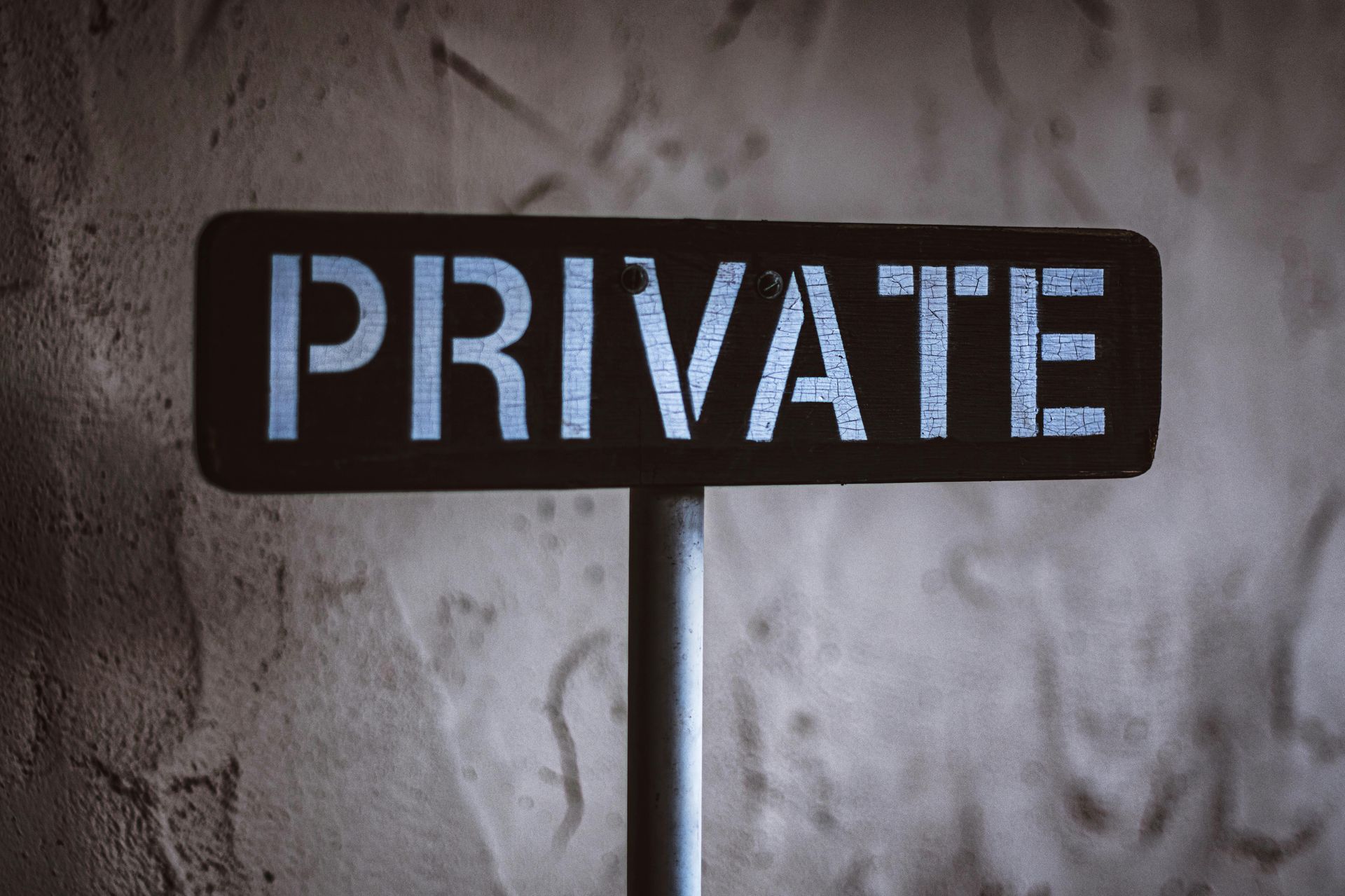Tax Implications of Side Hustles: What You Need to Report

Side hustles are having a moment. Whether you're driving for Uber, selling crafts on Etsy, offering freelance design, tutoring online, or flipping vintage finds on eBay—you’re not alone. Millions of people are earning extra income outside their 9-to-5. And while side gigs can be exciting, empowering, and sometimes downright fun, they also come with a not-so-fun side: taxes.
At Andrea Ward CPA, we see it all the time. Folks start side hustles thinking, “It’s just a few hundred bucks a month, do I really need to report it?” Short answer? Yes. The IRS expects you to report all income—even the cash payments, even if you didn’t get a 1099. And if you're not prepared, that extra money can turn into extra stress real quick.
This guide breaks it all down: what income you have to report, how to track your side hustle expenses, and the tips you need to stay compliant and in control.
Do I Have to Report Side Hustle Income?
Yes—even if it’s a few hundred bucks here and there. The IRS considers any money you earn outside of wages and salaries as self-employment income. That includes:
- Freelance work (writing, editing, graphic design)
- Online sales (Etsy, eBay, Amazon)
- Gig economy platforms (Uber, DoorDash, Instacart)
- Consulting, tutoring, photography, dog walking—you name it
It doesn’t matter whether you get paid in cash, Venmo, PayPal, Zelle, or check. If it ends up in your hands or your bank account, it counts. If you earn more than $400 in net income from self-employment, you’re generally required to file a tax return.
What About 1099s?
Great question. If you earn more than $600 from a client or platform, you’ll likely receive a 1099-NEC or 1099-K by January 31. But don’t make the mistake of thinking you only have to report what’s on those forms.
Example: You made $550 from freelance work and never got a 1099. That income still needs to be reported.
And new IRS rules are phasing in lower thresholds for 1099-Ks (used by platforms like PayPal, Venmo, and Etsy).
Eventually, earning even $600 through these platforms could trigger a 1099-K—but even if you
don’t receive one, you're still responsible for reporting.
Self-Employment Tax: The Sneaky Surprise
Here’s what catches most people off guard. When you work a traditional job, your employer covers part of your Social Security and Medicare taxes. But when you're self-employed, you pay the full 15.3% yourself. That’s on top of your regular income tax.
So if you make $10,000 from your side hustle, expect roughly $1,530 to go toward self-employment tax—plus whatever you owe in income tax based on your bracket.
Tracking Expenses: Your Best Tax-Saving Tool
The good news? You can deduct business-related expenses to reduce your taxable income. But you’ll need to keep good records. Think receipts, notes, mileage logs—anything that proves the expense was related to your hustle.
Common deductible expenses for side hustlers:
- Supplies (art materials, packaging, business cards)
- Software (Adobe, QuickBooks, Canva, etc.)
- Website and domain fees
- Internet and phone (percentage used for business)
- Home office expenses (if you qualify)
- Mileage and travel for business purposes
- Fees from platforms like Etsy, Uber, or PayPal
Real-life example: One Etsy seller we worked with had earned $12,000 in a year but didn’t track any expenses. After reviewing her receipts and platform fees, we found nearly $3,000 in legitimate deductions. That shaved off a huge chunk of her tax bill.
Keep Business and Personal Separate (Seriously)
Even if your side hustle is "just for fun" or "not a real business," treat it like one. Open a separate bank account and, if possible, use a dedicated credit card for your business expenses.
Benefits:
- Easier bookkeeping
- Clearer expense tracking
- Less risk in case of an audit
Apps like QuickBooks Self-Employed or Wave can help automate this process. Even a simple spreadsheet can work if you keep up with it.
Should I Pay Quarterly Taxes?
If you expect to owe more than $1,000 in taxes for the year, the IRS expects you to make estimated quarterly payments.
Quarterly due dates:
- April 15
- June 15
- September 15
- January 15 (of the following year)
Skipping these payments might lead to penalties and interest. So if your side gig is more than a hobby, you might want to calculate your projected taxes and send them in quarterly.
Tip: Set aside 25% to 30% of your side income throughout the year. That’ll help cover both self-employment and income taxes. If you end up overpaying, you’ll get a refund.
Is Your Side Hustle a Hobby or a Business?
This isn’t just semantics. If your side income is considered a hobby rather than a business, the IRS won’t let you deduct expenses beyond the income earned. And starting in 2018, hobby expenses are no longer deductible at all.
The IRS looks at factors like:
- Do you aim to make a profit?
- Do you track income and expenses?
- Have you made a profit in 3 of the last 5 years?
If you treat your hustle seriously, keep records, and put effort into growth, you’re likely safe. But it’s worth a conversation with a CPA to be sure.
What If You Didn’t Report It Last Year?
It happens. You might’ve thought, "It’s not much," or just didn’t realize you had to report it. But unreported income can lead to fines, back taxes, and even audits down the road.
If you missed something last year, talk to a tax pro. It might be better to file an amended return before the IRS contacts you. Better to fix it voluntarily than face penalties later.
Pro Tips to Stay Compliant (and Sane)
- Track as you go. Don’t wait until tax season to dig through bank statements.
- Automate savings. Transfer a percentage of each payment to a tax savings account.
- Use accounting software. Even free versions are better than nothing.
- Consult a CPA. A quick chat now can prevent big problems later.
Final Thoughts: Your Hustle, Your Rules—But Follow Tax Law
Running a side hustle is empowering. It puts control in your hands and can open doors to new opportunities, skills, and income. But that freedom comes with responsibility—especially when it comes to taxes.
At Andrea Ward CPA, we’re all about helping side hustlers, gig workers, and freelancers make sense of the numbers. Whether you're figuring out how to report Etsy income or wondering if your freelance writing qualifies for deductions, we can help you navigate the details without losing your mind (or your money).
Because the goal is simple: more freedom, less financial stress. And it starts with understanding what you need to report—and how to do it right.
Andrea Ward, CPA
Andrea officially began her accounting career in 1987. But it all began much earlier than that as a kid when she meticulously budgeted her allowance to buy really cool toys. Since then, she has earned Cum Laude honors with a Bachelor in Business Administration, with equivalent minors in Finance and Economics from Texas A&M University. A CPA and Registered Investment Advisor, Andrea loves helping people accumulate wealth.












